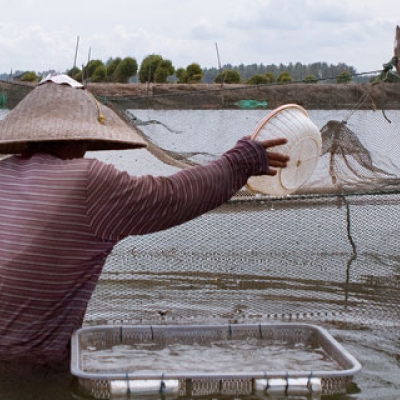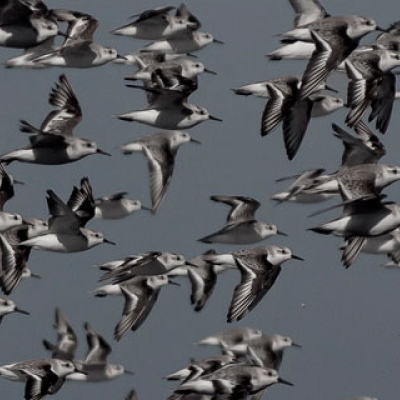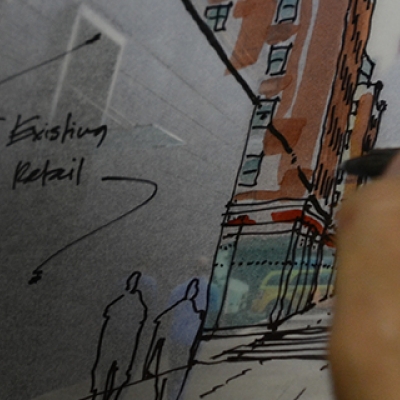
Brothers in Arms
By Kennedy Warne / On April 14th, 2011
In my travels through the mangroves of the Americas I was keen to learn how mangroves had influenced or been incorporated into local cultures. In Caravelas, in the Brazilian state of Bahia, I met three remarkable brothers who promote the indigenous culture of Bahia—a culture that is infused with images and myths relating to mangroves. Here is a blog post I wrote from Caravelas ... Read more »





